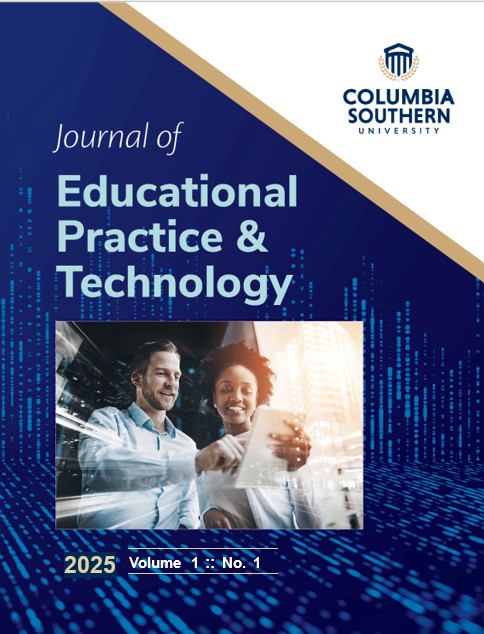Abstract
Social media, digital tools that allow immediate interaction, such as Facebook, TikTok, and LinkedIn, are popular tools today. Grounded in Rogers’ Diffusion of Innovation (DOI) theory, this study employed a mixed-methods sequential approach, combining qualitative and quantitative methods to determine the extent to which, and for what purposes, social media are used at a specific postsecondary campus. A survey was used to determine how social media is used as a tool in the classroom. Numerical results were analyzed using a confirmatory factor analysis. Five factors were extracted and accounted for 78.535% of the variability, including 1) professional development, 2) current use, 3) reasons for use, 4) about yourself, and 5) barriers. Follow-up face-to-face and audio interviews were conducted with educators at the postsecondary campus to clarify their reasons for using and not using social media. After analyzing the data via a thematic analysis, four themes were identified, including 1) professional development and training, 2) resources and suggestions for use, 3) clarity of definition of social media, and 4) benefits of using social media in the classroom. By examining the reasons educators do and do not use social media in the classroom, strategies were developed to improve school policy practices and instructional support at this southern postsecondary campus. Presented are recommendations to include professional development strategies and resources to inform educators and administrators on the southern campus about utilizing social media in the classroom.

